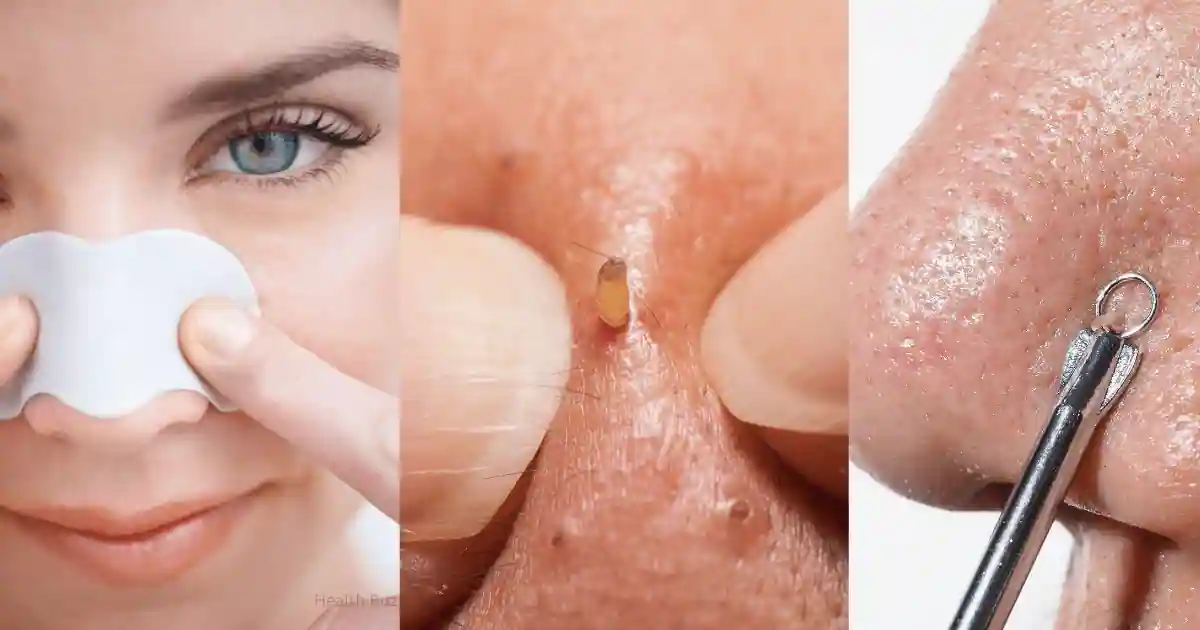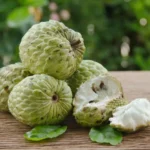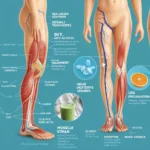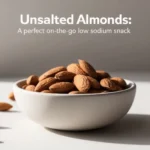Discover what to do after removing blackheads and learn about their causes. Keep your skin healthy and clear. After blackhead removal, proper post-treatment care is crucial for maintaining healthy and clear skin. Understanding the origins of blackheads and following the appropriate aftercare routine is critical. Let’s look at the finest practices for post-blackhead removal skincare to keep your skin looking great.
What are blackheads?
Little, black, or yellowish skin lumps called blackheads are most common on the face, chest, and back. Namely known as open comedones, blackheads are tiny, dark-skin lumps. These acne lesions are usually found on the face, particularly on the forehead, chin, and nose. It looks like blocked pores cause this acne. Blackheads result from an obstruction created by dead skin cells, oil, and germs that solidify in the pores. Dark blackheads are caused by oil in the pores turning brown. There’s a chance that blackheads won’t be as painful or red as other types of acne, but they can still be annoying and decrease your confidence.

Identifying Blackheads
Blackheads and other acne types—especially whiteheads—are sometimes confused. A blackhead is characterized mostly by its look. Blackheads are flat, dark, and open-surfaced; whiteheads are elevated and have a white or yellow core. Finding them is essential to their successful application of the suitable therapy.
What are the causes of blackheads?
1. Genetic: Certain skin types are more susceptible to blackheads due to genetics.
2. Hormonal changes: Abnormalities in hormones, like those associated with puberty or menstruation, can contribute to the development of blackheads.
3. Dirty or oily skin: Not cleaning the skin properly or using oil-based skincare products can clog the pores and lead to blackheads.
4. Inflammatory skin conditions: People with conditions like eczema or rosacea may experience blackheads as a secondary symptom.
5. Imperfect skin shedding: Dead skin cells can accumulate in the pores, further clogging them and leading to blackheads.
6. Stress or poor diet: While these factors may not directly cause blackheads, they can exacerbate the condition.
How do blackheads form?
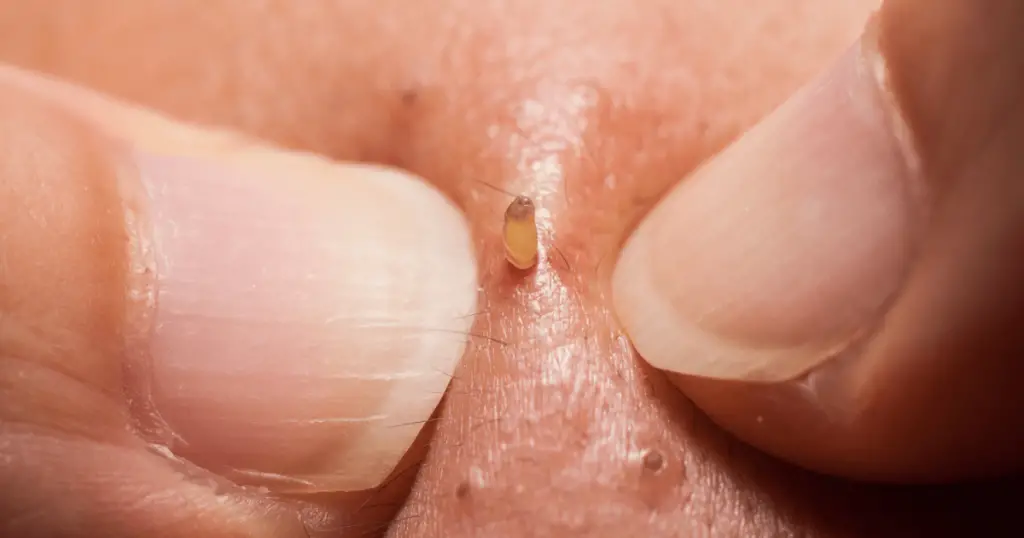
To understand how to remove blackheads, it is essential to know how they form in the first place. Blackheads, also known as open comedones, occur when excess sebum, dead skin cells, and other impurities clog hair follicles, and other debris. Blackheads differ from whiteheads, which are closed comedones; blackheads are exposed to the air and oxidize, resulting in their characteristic dark color.
When excess sebum production combines with dead skin cells and debris, it can form a plug within the hair follicle. This plug is known as a comedo. If the comedo remains open and exposed to air, it becomes a blackhead. The dark appearance of blackheads is not due to dirt but rather the oxidation of the contents within the pore.
Factors contributing to blackhead formation include hormonal changes, excessive oil production, improper skincare routines, and certain medications. Understanding these signs can help you identify the root causes of your blackheads and take appropriate steps to prevent their formation.
The impact of blackheads on your skin
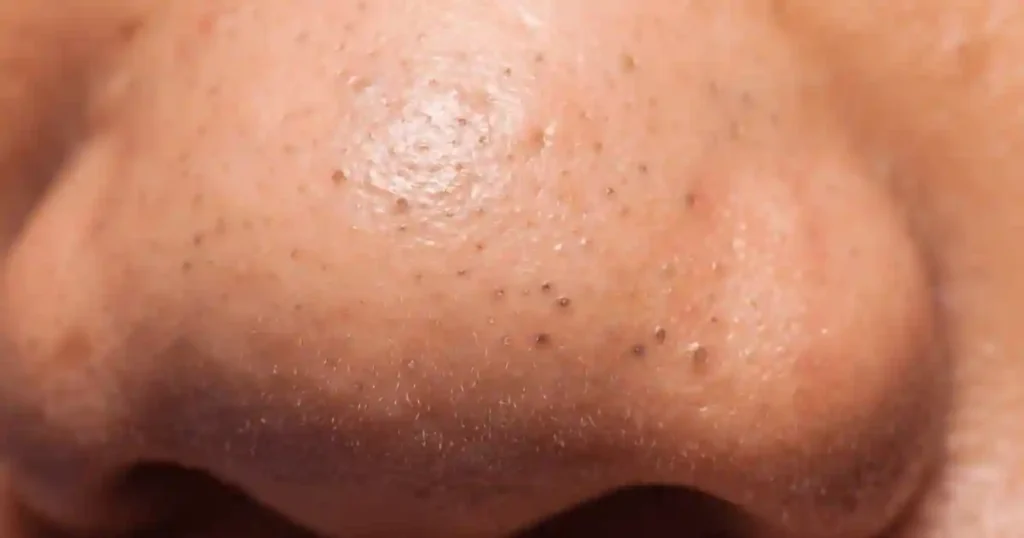
While blackheads may not be as severe as other forms of acne, they can still significantly impact your skin’s appearance and overall health. Leaving blackheads untreated or using improper removal methods can lead to complications and potential skin damage.
One of the main concerns with blackheads is their ability to enlarge the pore size. As the blackhead expands, it stretches the surrounding pore, making it more visible and prone to future clogging. It can result in a cycle of recurring blackheads and enlarged pores.
In some cases, blackheads can also become inflamed and turn into acne breakouts. Introducing bacteria into the clogged pores can lead to redness, swelling, and pus formation. It can be particularly problematic for individuals with sensitive or acne-prone skin.
Additionally, blackheads can affect the overall texture and smoothness of the skin. Blackheads can make the skin appear rough or uneven, affecting confidence and self-esteem.
By understanding the impact of blackheads on your skin, you can prioritize their removal and take appropriate steps to prevent their recurrence. Consistent skin care practices, regular cleansing, and gentle exfoliation can help maintain clear, healthy skin and minimize the long-term effects of blackheads.
Preparing your skin for blackhead removal
Before attempting to remove blackheads, preparing your skin to decrease the risk of irritation or damage is crucial. Follow these steps to ensure your skin is ready for blackhead removal:
- Clean your face: Use a gentle cleanser to remove dirt, oil, or makeup. Using a clean towel, pat dry your skin.
- Steam your face: Steam for a few minutes to open the pores and soften the blackheads. You can do this by leaning over a bowl of hot water or using a facial steamer. Be careful not to get too close to the hot water to avoid burns.
- Exfoliate gently: To remove dead skin cells, use a gentle exfoliating scrub or chemical exfoliant and further unclog the pores. Massage the exfoliant onto your skin in gentle circular motions, focusing on the areas with blackheads. Rinse off the exfoliant thoroughly.
By following these steps, you can prepare your skin for blackhead removal and increase the effectiveness of the chosen method. Remember to be gentle and patient throughout the process to avoid unnecessary skin damage.
Treatment Options for Blackheads
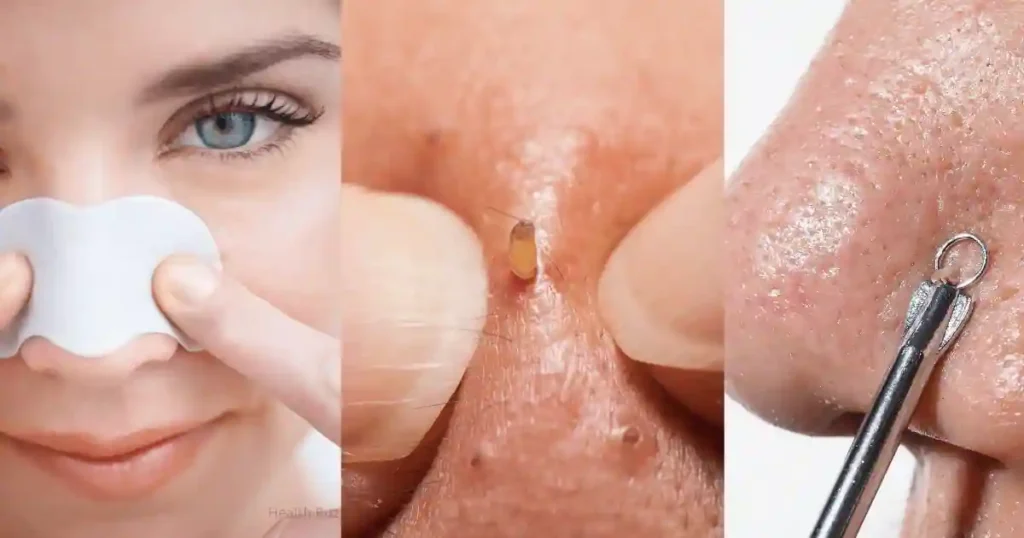
- The first step in managing blackheads is to establish a consistent skincare routine. Daily cleansing with a gentle cleanser can help prevent the buildup of oil and dead skin cells contributing to blackheads.
- Exfoliation: Regular exfoliation can help remove the top layer of dead skin cells, preventing them from accumulating and forming blackheads. It is essential to choose a gentle exfoliator to avoid irritation.
- Topical Treatments: Over-the-counter products containing ingredients such as salicylic acid, benzoyl peroxide, or retinoids can help to unclog pores and reduce blackheads. These products work by exfoliating the skin, reducing oil production, and promoting cell turnover.
- Professional Treatments: In cases where blackheads are stubborn and persistent, seeking professional help from a dermatologist may be necessary. Treatments such as chemical peels, microdermabrasion, or extraction can help remove blackheads effectively.
- Retinoids: Prescription retinoid creams or gels can treat blackheads by increasing cell turnover and preventing the clogging of pores. However, these products can cause skin irritation and sensitivity, so following the dermatologist’s instructions is essential.
- Facial Cleansing Brushes: Electric facial cleansing brushes can help to exfoliate the skin and remove blackheads more effectively than traditional cleansing methods. However, it is essential to use them gently to avoid irritating the skin.
By incorporating these treatment options into a consistent skincare routine, individuals can effectively manage and reduce the occurrence of blackheads. Being patient and consistent with treatment is essential, as results may take time to become noticeable.
Over-the-counter Products that Help with Blackheads

- Salicylic Acid Products:
- Look for products containing salicylic acid, a beta hydroxy acid that can penetrate oil in the pores and help exfoliate them. It can be found in cleansers, scrubs, toners, and spot treatments.
- Benzoyl Peroxide Products:
- Benzoyl peroxide helps to kill the bacteria that contribute to the formation of blackheads. It can be found in cleansers, creams, gels, and spot treatments.
- Retinoid Products:
- Retinoids, such as adapalene or tretinoin, can help to unclog pores and prevent new blackheads from forming. They can be found in creams, gels, or serums.
- Clay Masks:
- Clay masks can help absorb excess oil and impurities from the skin, reducing the appearance of blackheads. Look for masks containing ingredients like kaolin or bentonite clay.
- Charcoal Products:
- Charcoal is known for its ability to draw out impurities from the skin, making it a popular ingredient in masks, cleansers, and pore strips targeted at blackheads.
- Oil-free Moisturizers:
- An oil-free moisturizer can help keep the skin hydrated without clogging pores, which can be especially beneficial for those with blackheads.
By incorporating these over-the-counter products into a skincare routine, individuals can effectively target blackheads and improve the overall appearance of their skin.
Professional Treatments for Blackheads
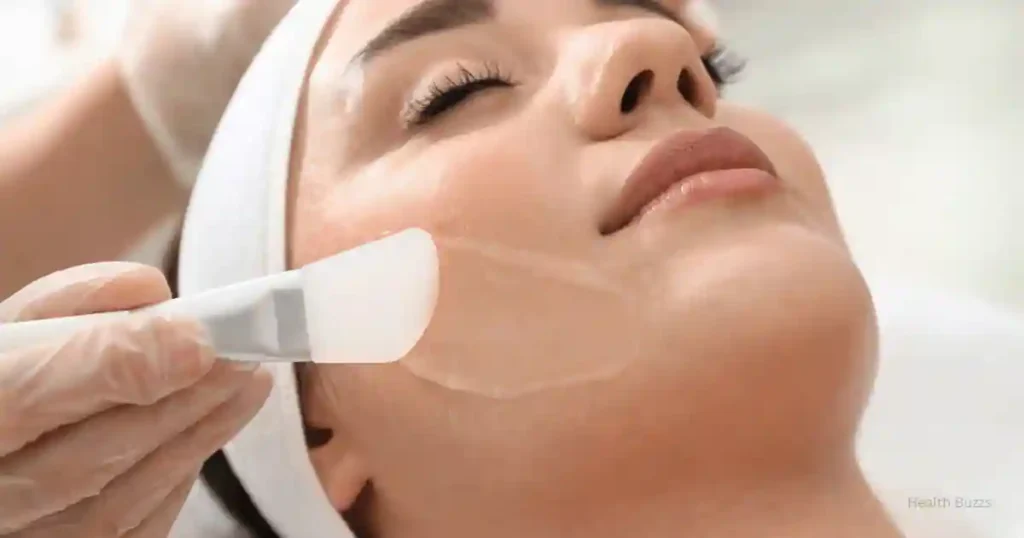
- Extraction: Dermatologists can perform a professional extraction to remove stubborn blackheads using specialized tools to clear out pores effectively.
- Chemical Peels: Professionals may recommend chemical peels containing ingredients like salicylic acid to exfoliate the skin and unclog pores, reducing blackheads over time.
- Microdermabrasion: This procedure involves gently exfoliating the skin to remove dead skin cells and debris, helping to clear out pores and improve the appearance of blackheads.
- Laser Therapy: Dermatologists may use laser treatments to target blackheads, reducing their appearance and preventing future breakouts by stimulating collagen production.
- Professional Skincare Products: Dermatologists can recommend specific skincare products formulated to target blackheads effectively, such as retinoids or prescription-strength treatments.
Professionals have a range of treatments at their disposal, tailored to individual needs and skin types. Consulting a dermatologist can help determine the most suitable professional treatment for blackheads.
DIY Home Remedies for Blackhead Removal
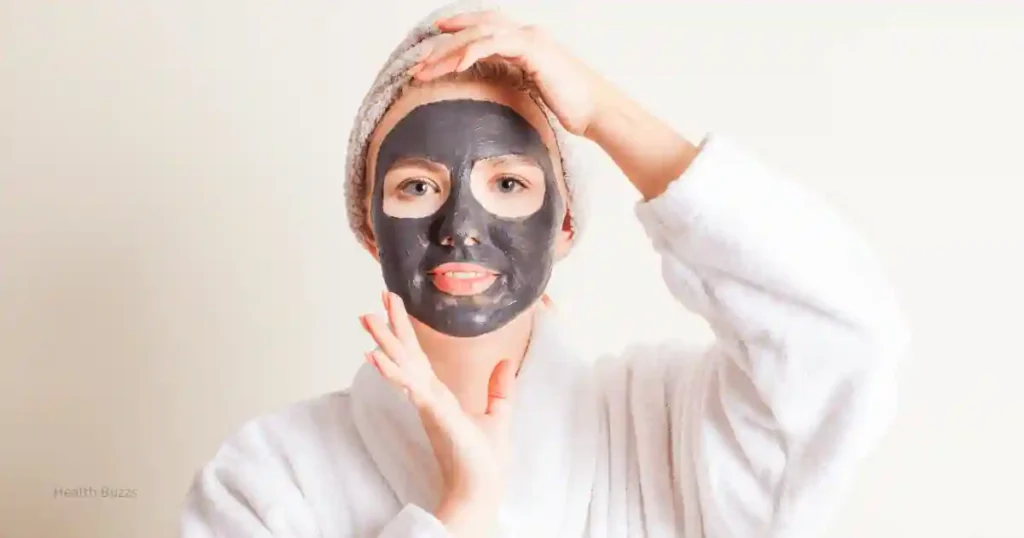
- Honey and Cinnamon Mask: Mix a tablespoon of honey with a teaspoon of cinnamon powder to create a paste. Apply it to the affected areas and leave it on for 15 minutes before rinsing off with warm water.
- Oatmeal and Yogurt Scrub: Combine oatmeal and yogurt to form a paste. Gently massage the mixture onto the skin in circular motions. Rinse off with lukewarm water after 10-15 minutes.
- Baking Soda Paste: Mix baking soda with water to create a paste. Apply the mixture to the blackhead-prone areas and gently scrub in circular motions before rinsing off.
- Steam Treatment: Boil water in a pot and carefully place your face over the steam, covering your head with a towel to trap the steam. Let the steam open up your pores for about 5-10 minutes before gently squeezing out blackheads with a tissue.
- Apple Cider Vinegar Toner: Dilute apple cider vinegar with water in a 1:3 ratio. Use a cotton ball to apply the toner to the affected areas. Let it dry before rinsing off with water.
- Egg White Mask: Separate an egg white and whisk it until frothy. Apply a thin layer to the skin and place a tissue over it. Once it dries, gently peel off the tissue.
- Lemon Juice and Sugar Scrub: Mix lemon juice with sugar to form a scrub. Gently exfoliate the skin with the mixture in circular motions before rinsing off with water.
By incorporating these DIY home remedies into your skincare routine, you can effectively reduce and prevent blackheads without harsh chemicals or expensive treatments.
Popular methods for removing blackheads
There are various methods available to remove blackheads. Choosing a technique based on your skin type and preferences is essential, as different methods may yield different results.
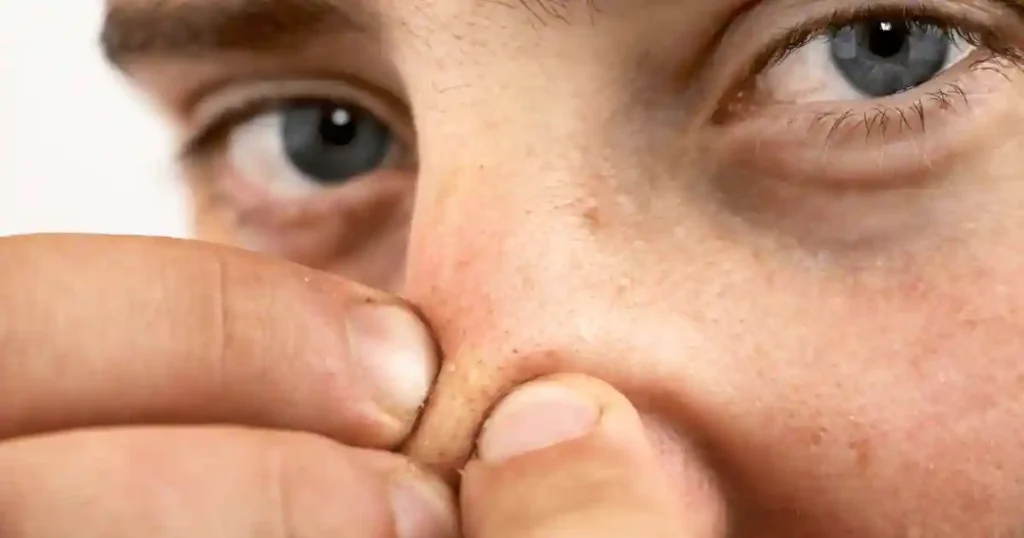
A technique that is commonly used is manual extraction. To remove the contents of a blackhead, press around it with your fingers or special tools. It is important to use caution and avoid applying too much force as this may cause skin injury or scarring. You can remove blackheads by using a warm compress, steaming your face, or simply applying a warm compress to soften and remove them.
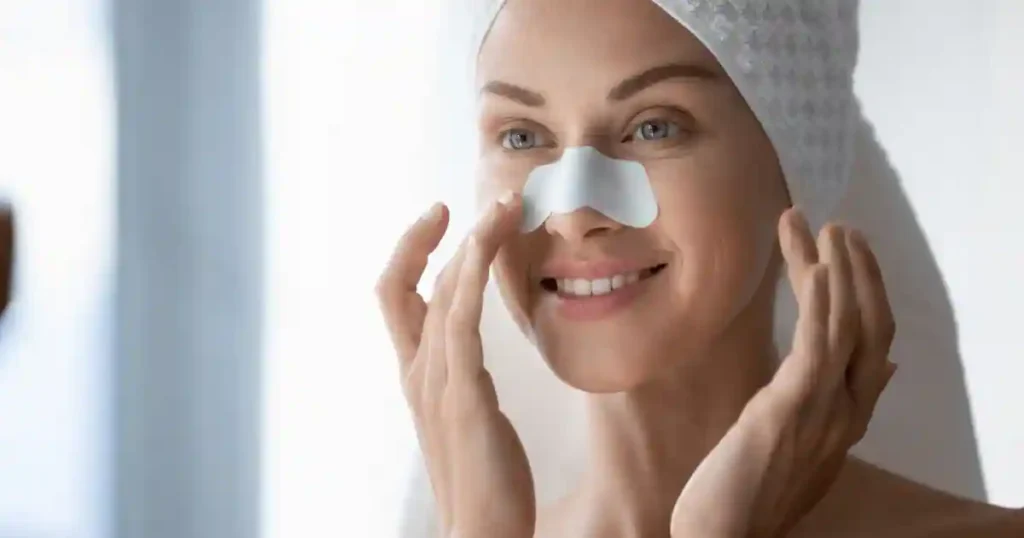
Another method is to use pore strips. Adhesive strips are applied to the nose or affected areas and dried. After drying, the strips are removed, showing the blackheads. Although pore strips can be effective, they may not remove all blackheads and may cause skin irritation if applied frequently or forcefully.
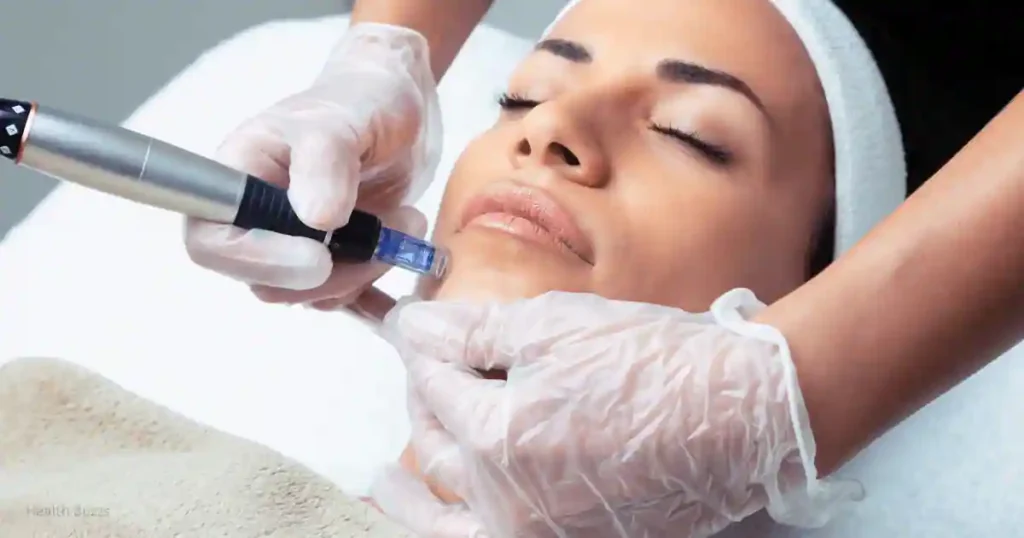
Chemical exfoliation, such as using products containing alpha-hydroxy acids (AHAs) or beta-hydroxy acids (BHAs), can also help remove blackheads. These components function by softly exfoliating the skin and unclogging pores. However, following the instructions carefully and gradually introducing these products to prevent skin irritation is essential.
Some methods may be more effective for certain individuals or specific blackhead types. It may require some trial and error to find the method that works best for you. If you are unsure or have persistent blackheads, it is recommended to consult a dermatologist for professional advice and guidance.
What to do after removing blackheads?
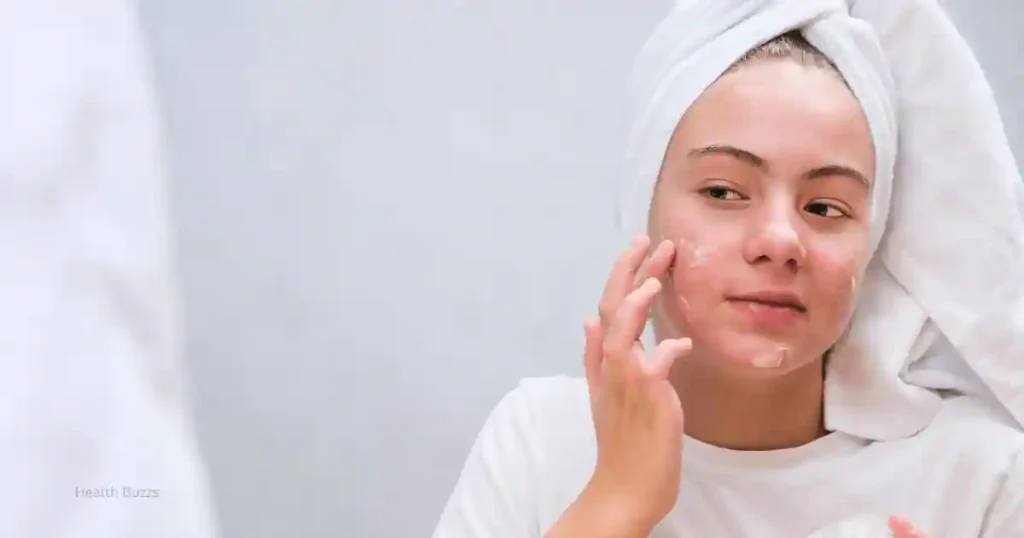
Once you have successfully removed the blackheads, it is essential to follow proper aftercare to prevent further blackhead formation and promote skin healing. Here are some critical steps to take after eliminating blackheads:
- Cleanse your skin: After blackhead removal, cleanse your skin again with a gentle cleanser to remove any residue or excess oil. It will help prevent the pores from becoming clogged again.
- Apply a soothing toner: Use a toner that contains soothing ingredients like witch hazel or aloe vera to calm the skin and minimize inflammation. Apply the toner using a cotton pad or your clean hands.
- Moisturize your skin: Apply a lightweight, non-comedogenic moisturizer to keep your skin hydrated and balanced. Look for moisturizers that are oil-free and suitable for your skin type.
- Protect your skin: Apply a broad-spectrum with an SPF of 30 or higher to shield your skin from the harmful effects of UV rays. It is crucial, as the skin may be more sensitive after blackhead removal.
Following these aftercare steps ensures that your skin remains healthy, balanced, and less prone to future blackhead formation. Consistency in skincare routines and maintenance is critical to preventing the recurrence of blackheads.
Common misconceptions about blackheads
Several things need to be clarified surrounding blackheads that can lead to ineffective removal methods or unnecessary frustration. One common misconception is that blackheads are caused by dirt, leading people to believe that scrubbing their skin that is vigorous will eliminate them. However, this aggressive approach can cause more harm than good by irritating the skin and worsening the blackheads.
Another misconception is that blackheads only affect those with oily skin. While it is true that excessive oil production can contribute to blackhead formation, individuals with all skin types can develop blackheads. Dry skin can also experience blackheads if dead skin cells accumulate and clog the hair follicles.
It is important to dispel these misconceptions and approach blackhead removal with accurate information and effective methods. By understanding the true causes of blackheads and implementing appropriate skincare routines, you can effectively manage and prevent their occurrence.
Also Read- Vitamin C in Winter for Skin: Nourish Your Skin with Vitamin C
Final Thoughts on Blackhead Removal
- Blackhead removal is a satisfying but sometimes tricky procedure. Effective treatment of blackheads requires knowledge of their causes and varieties.
- Preventing and curing blackheads mainly depends on a regular skincare regimen. Blackheads can be avoided by regular washing, exfoliation, and usage of appropriate products.
- Gentle techniques like employing clay masks, extraction tools, or pore strips can be successful in removal. Avoiding too-tight squeezes that can harm the skin is crucial.
- Seeking advice from a dermatologist is advised if blackheads continue. Professional advice and treatments catered to specific skin requirements are available from them.
- Treating blackheads requires patience; always remember that. Though a significant difference might take time to be seen, the correct method makes cleaner skin possible.
- A balanced diet and enough water are two aspects of a healthy lifestyle that can improve skin health and reduce blackheads’ development.
Blackhead control can be made more accessible with knowledge and a regular skincare routine. The proper techniques and patience make achieving more precise, smoother skin possible.
Hi there! I’m content writer and blogger. With over two years of experience, I’ve shared my passion for writing across various platforms. I firmly believe in the transformative power of words and look forward to sharing this journey with you. Enjoy my work!
